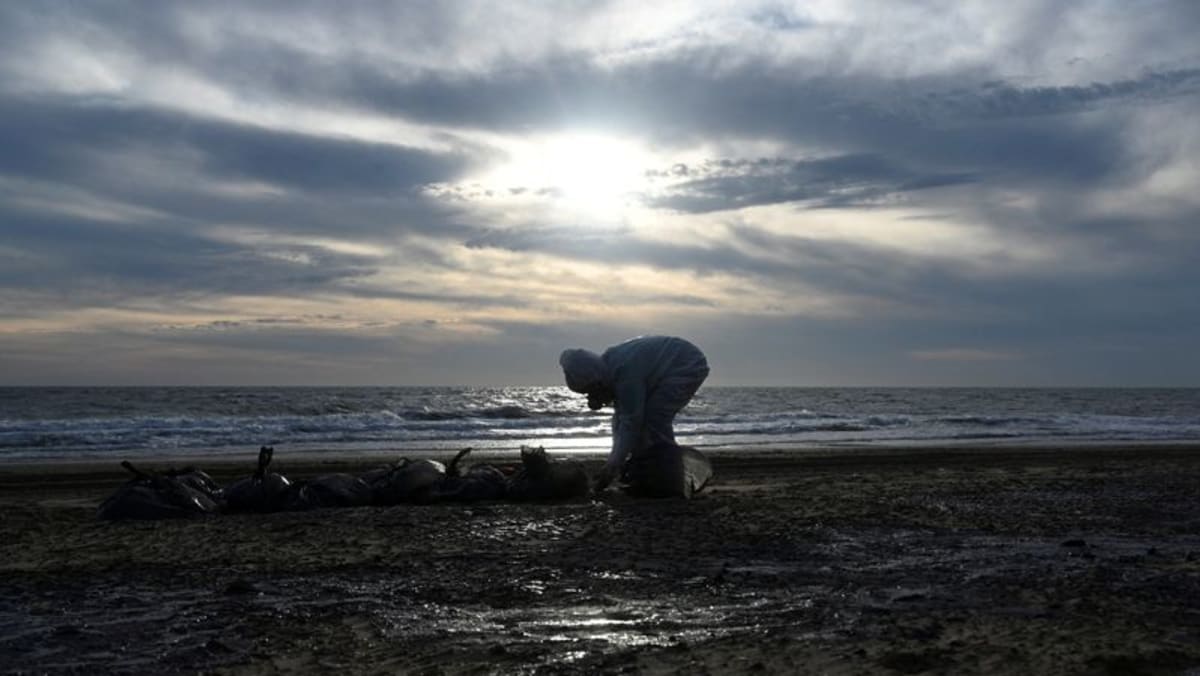How climate change is affecting DC’s iconic cherry blossoms

Many of Washington’s iconic flowering cherry trees will be cut down because of climate change.
While warming temperatures are causing cherry blossoms all over the world to bloom earlier, rising sea levels are leaving the National Park Service no choice but to cut down more than 150 trees that have lined the waterfront view for more than a century.
Time and rising sea levels have taken a toll on the crumbling seawalls surrounding the Tidal Basin, a reservoir built between the Potomac River and Washington Channel, according to the National Park Service.
Stumpy the mascot dances near ‘Stumpy’ the cherry tree at the tidal basin in Washington, D.C., on March 19, 2024. The weakened tree is experiencing its last peak bloom before being removed for a renovation project that will rebuild seawalls around Tidal Basin and West Potomac Park.
Nathan Ellgren/AP
Over the last century, sea levels in the Washington, D.C. area have risen by more than a foot, according to the National Oceanic and Atmospheric Administration. The National Trust for Historic Preservation named the Tidal Basin as one of the U.S.’s most endangered historic places in 2019.
Portions of the seawalls have settled as much as five feet since their initial construction during the late 1800s and early 1900s, making it difficult for the aging infrastructure to withstand the increasing impacts of rising sea levels and persistent poor drainage, according to the NPS.
The seawalls, which includes the flowering cherry trees marked for removal, are no longer structurally sound, NPS officials said. The settlement of the seawalls and rising sea levels mean that water flows over portions of the seawalls twice a day during normal tidal conditions.
The trees that will be removed — between the Thomas Jefferson Memorial and Franklin Delano Roosevelt Memorial — will include the ailing tree nicknamed “Stumpy,” which has become infamous for its distressed appearance.

In this screen grab from a video, National Symphony Orchestra trumpeter Michael Harper plays a song next to the cherry tree nicknamed Stumpy, at the Tidal Basin in Washington, D.C., on March 20, 2024.
WJLA
Thousands of Japanese cherry trees were given to the U.S. in 1912 by then-Tokyo Mayor Yukio Ozaki as a symbol of friendship.
A trumpeter from the National Symphony Orchestra played an elegy in honor of Stumpy’s final bloom on Wednesday.
The $113 million rehabilitation project, funded by the Great American Outdoors Act Legacy Restoration Fund, will ensure the park is able to protect the cherry blossoms that remain as well as the nearby memorials, according to the NPS. Cherry trees rely on dry land and fresh water.
The project will work on repairing the seawalls around the Tidal Basin and along the Potomac River through West Potomac Park. The “critical investment” will shield the park from rising sea levels over the next century, officials said.

In this March 25, 2023, file photo, the cherry tree nicknamed “Stumpy” stands in high tide water amid cherry blossoms in peak bloom in Washington, D.C.
Alex Wong/Getty Images, FILE
Construction will begin after the National Cherry Blossom Festival is over, likely getting underway in late May.
The existing stone masonry seawalls will need to be removed and reconstructed, adding pile-supported platform foundations that will prevent the seawalls from settling. The seawall height within the Tidal Basin will also be increased to 4.75 feet.
Cherry blossoms in the nation’s capital reached a near-record early peak bloom on Sunday, shifting earlier by about seven days since 1921. The average peak bloom for the cherry blossoms is April 4. This March has been one of the warmest on record for the city so far.
Early blooms have been occurring in other parts of the world in recent years, such as New York City’s Central Park and the famous blossoms in Kyoto, Japan.

The cherry blossom tree nicknamed Stumpy stands at the Tidal Basin in Washington, D.C., on March 19, 2024. The National Park Service announced it will begin to cut down over 140 cherry blossom trees, including Stumpy, in preparation for construction to fix the sea wall surrounding the basin.
Bonnie Cash/Reuters
Human-amplified climate change is causing seasonal shifts, including milder, shorter winter seasons and earlier spring weather, according to the federal government’s Fifth National Climate Assessment.
There is high confidence among global climate researchers that warming temperatures are causing spring events such as leaf growth and flower blooms to happen earlier.
These allergy-triggering impacts will continue to get worse in the future as global temperatures continue to warm, according to the federal government’s Fifth National Climate Assessment.
Source: abc news















